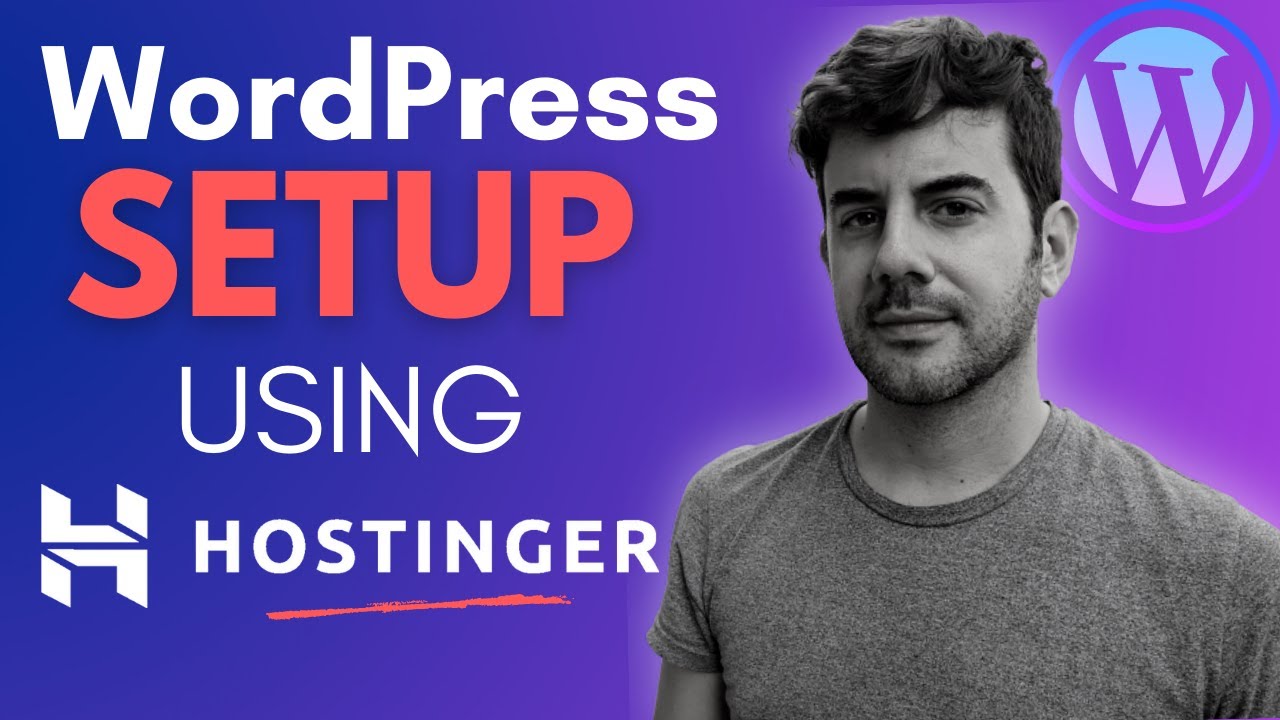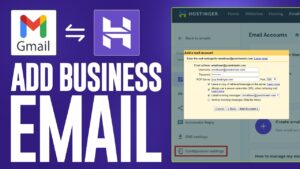
Are you ready to set up your own WordPress website with Hostinger? Great choice! Hostinger is a popular web hosting service that offers affordable plans and user-friendly tools to help you get your website up and running quickly and efficiently. In this guide, we’ll walk you through the steps to set up your WordPress website with Hostinger, from choosing a hosting plan to installing WordPress and customizing your site.
### Step 1: Choose a Hosting Plan
The first step in setting up your WordPress website with Hostinger is to choose a hosting plan that suits your needs. Hostinger offers a range of plans, including shared hosting, cloud hosting, and VPS hosting. If you’re just starting out, shared hosting is a great option as it’s affordable and easy to use. Once you’ve selected a plan, you can proceed to the next step.
### Step 2: Register a Domain Name
Next, you’ll need to register a domain name for your website. Hostinger offers domain registration services, so you can easily search for and purchase a domain name that suits your brand or business. Make sure to choose a domain name that is memorable, easy to spell, and relevant to your website’s content.
### Step 3: Install WordPress
After you’ve chosen a hosting plan and registered a domain name, it’s time to install WordPress. Hostinger offers a one-click WordPress installation tool that makes the process quick and simple. Log in to your Hostinger account, navigate to the control panel, and find the WordPress installer. Follow the on-screen instructions to complete the installation.
### Step 4: Customize Your Website
Once WordPress is installed, you can start customizing your website. Choose a theme that reflects your brand or business, and customize the layout, colors, and fonts to create a unique look for your site. You can also install plugins to add functionality to your website, such as contact forms, social media integration, and SEO tools.
### Step 5: Create Content
With your website set up and customized, it’s time to start creating content. Add pages and posts to your site, and fill them with engaging text, images, and videos. Make sure your content is relevant to your target audience and optimized for search engines to drive organic traffic to your site.
### Step 6: Optimize for SEO
To improve your website’s visibility in search engine results, it’s important to optimize your site for SEO. Use keywords relevant to your content throughout your website


